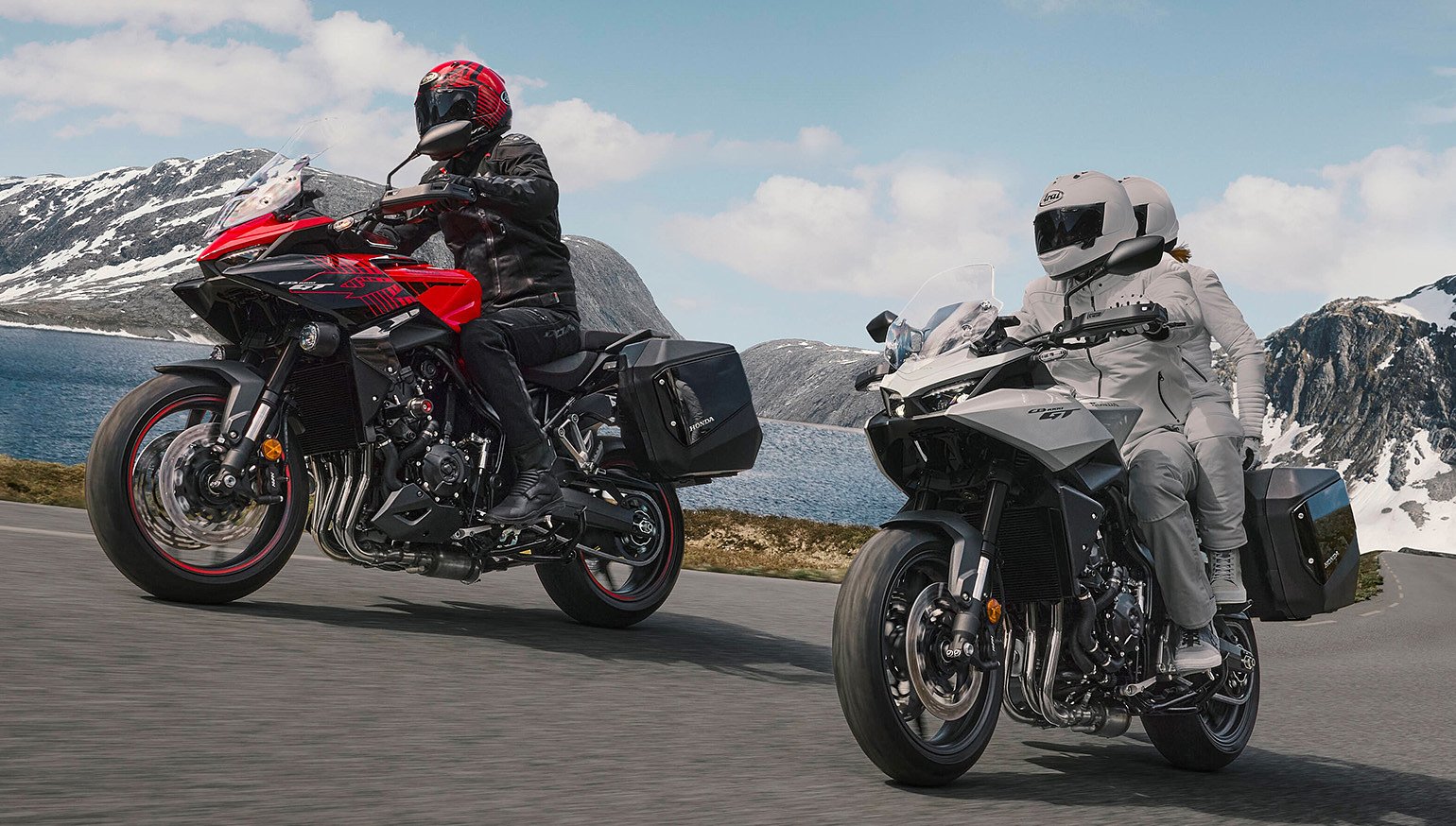EICMA has come and gone.
Another show is in the books, and another wave of new models is in our midst. After a year-long wait, the BMW F 450 GS broke cover. Suzuki rejuvenated its quarter-century-old V-twin with the 2026 SV-7GX. Honda’s V3R 900 E-Compressor prototype provided a glimpse of future innovations. Even mid-size and small-capacity models received some long-overdue upgrades.
Still, that’s just the proverbial tip of the EICMA iceberg. With dozens of other motorcycles debuting at the annual trade show, this is everything else we saw at EICMA 2025.

Tech-laden superbikes
CFMOTO’s V-four engine isn’t a new development. The four-pot powerplant first appeared in the firm’s Master of Speed concept at EICMA 2024. However, that was more of a standing sculpture. The V4 SR-RR showcased at EICMA 2025 is a rolling prototype, putting the project’s promising performance on full display.
Sure, the superbike is listed at 210 horsepower. Sure, its 200-kilogram (440.9-pound) curb weight is equally impressive. What really steals the show, though, is its active aero. There’s no looking past the bike’s bi-plane winglets. They appear every bit as wide as the clip-on handlebars. But what the aero lacks in subtlety, it make up for in ingenuity.

The electronically controlled wings automatically adjust to minimize drag on the straights, maximize wind resistance under braking, and generate downforce where needed. While those are clear advantages, it’s important to remember that the SR-RR is a prototype, not a production model. That doesn’t apply to all the superbikes at EICMA.
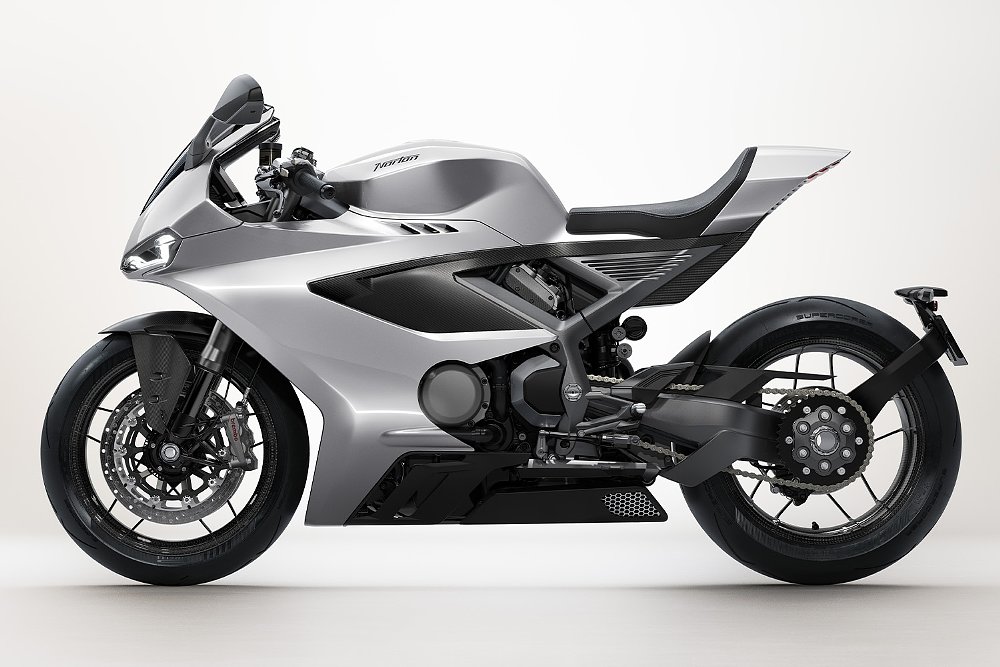
After years of rebuilding, Norton Motorcycles finally returned at EICMA 2025. Headlining that comeback is the marque’s new flagship superbike, the Manx R. With a 72-degree 1,200 cc V-four tucked behind its carbon fiber body panels, the bike produces a claimed 206 horsepower (at 11,500 rpm) and 95.9 foot-pounds of torque (at 9,000 rpm). Performance isn’t the Manx R’s only distinction, though. So is luxury.
There’s semi-active Marzocchi suspension and Brembo's top-shelf Hypure calipers. Norton even tricks out the model with a single-sided swingarm and BST 17-inch carbon fiber wheels. No expense is spared when it comes to technology, either. An eight-inch TFT display reinforces the bike's premium status, but it's the Cornering Cruise Control — which “safely maintains steady speeds through bends” — that really separates the Manx R from its rivals.
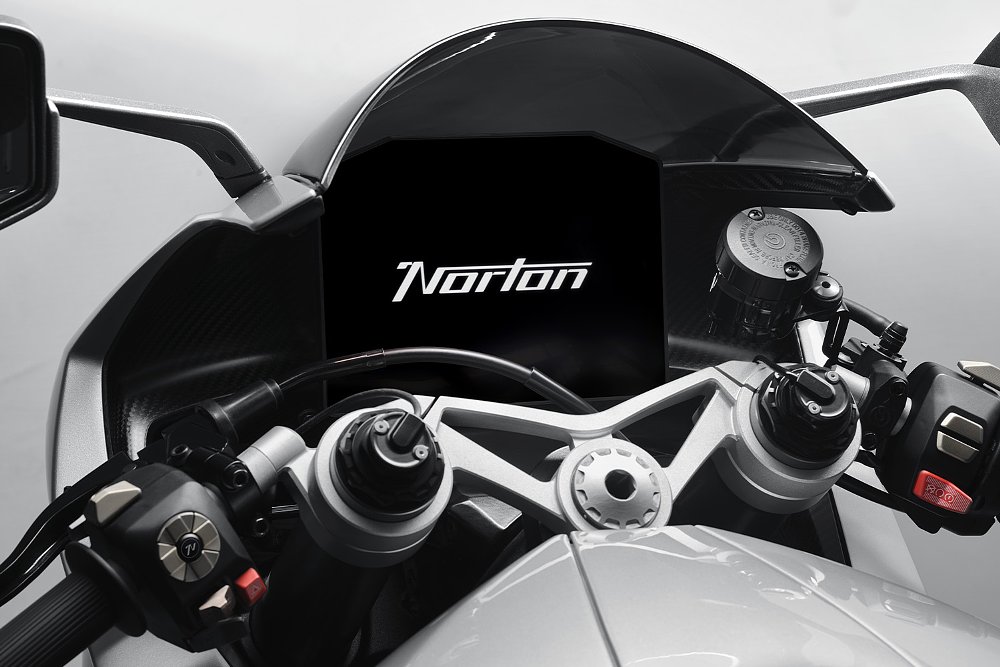
It’s a triumphant return for the legendary British firm. However, questions remain. Norton has yet to announce the Manx R’s price or availability. On top of that, adjectives like “premium” and “luxury” aren’t often associated with Norton’s new Indian parent company, TVS. Yes, Norton has come a long way, but it still has a long way to go.

Urban electrics
Lithium-ion battery technology has its limitations. Charging capacity (i.e., range) is one. Recharging speed is another. Those qualities place significant restrictions on travel-aspiring riders. They’re far less taxing for urban commuters. That’s the general direction in which electric market is heading. The models unveiled at EICMA are proof positive.

The public was already privy to LiveWire’s S2 Maxi-scooter and S4 Honcho (comes in Trail and Street variants) before the show kicked off. One surprise development was Zero’s entry in the electric scooter space: the all-new LS1. Catering to a urban customers, the model’s two swappable batteries net a claimed range of 115 km (71.5 miles), but adding a third power pack in the e-scooter’s storage unit boosts that estimate to 170 km (105.6 miles).
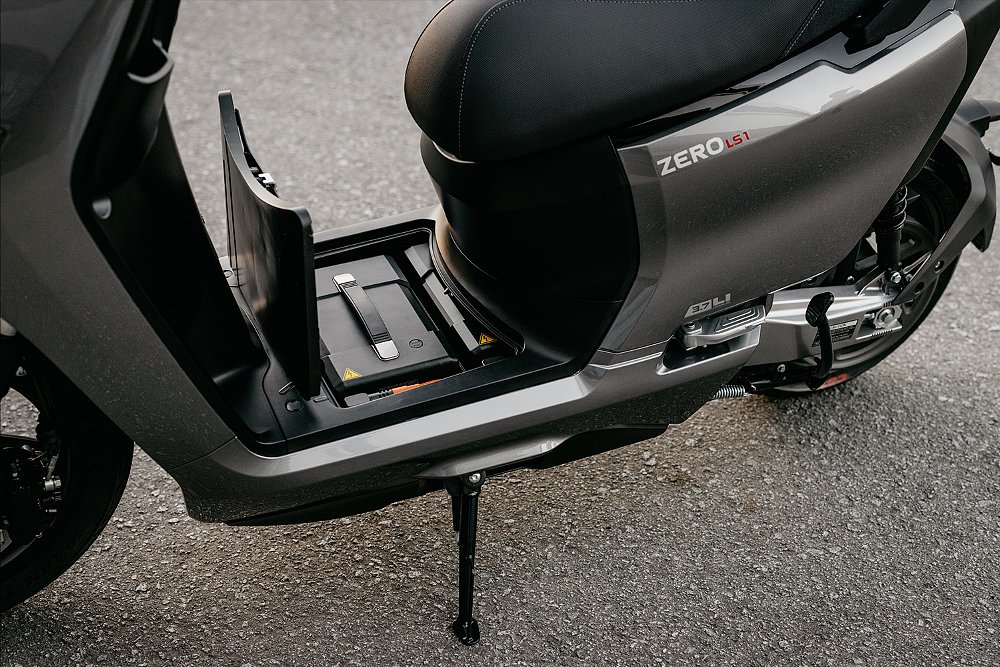
By contrast, Royal Enfield’s electric spin-off, Flying Flea, was expected to reveal a new model at EICMA this year. It did just that with its S6 scrambler. Though Flying Flea was quick to highlight the S6’s “cutting-edge microcontrollers” and “in-house developed Vehicle Control Unit (VCU),” it wasn’t eager to disclose the model’s battery capacity, range, or recharge times. I wonder why.
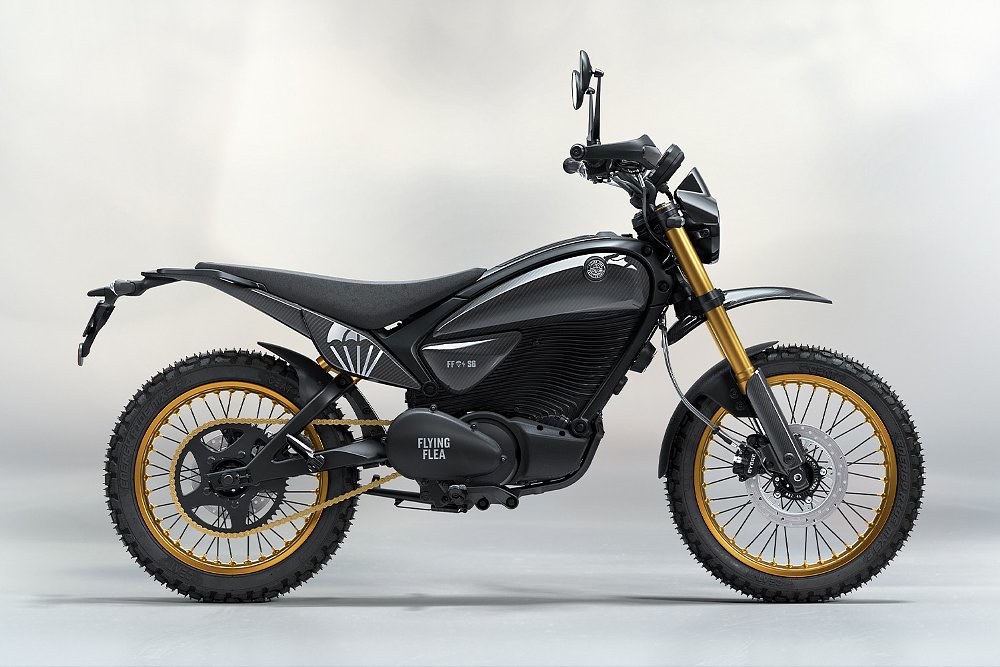
No pricing information for the S6 is yet available but the electric will scramble onto the market December 2026. While Flying Flea is looking forward to that launch window, its parent company, Royal Enfield, is sprucing up an old classic.
Retro resurgence
The Bullet nameplate dates back to 1932. Royal Enfield discontinued the model in the United States in 2020, but it’s remained a fixture in other markets. Meaning, the Bullet has been in continuous production for 93 years. And yet, its capacity has never eclipsed 500 cc. Until now, that is.
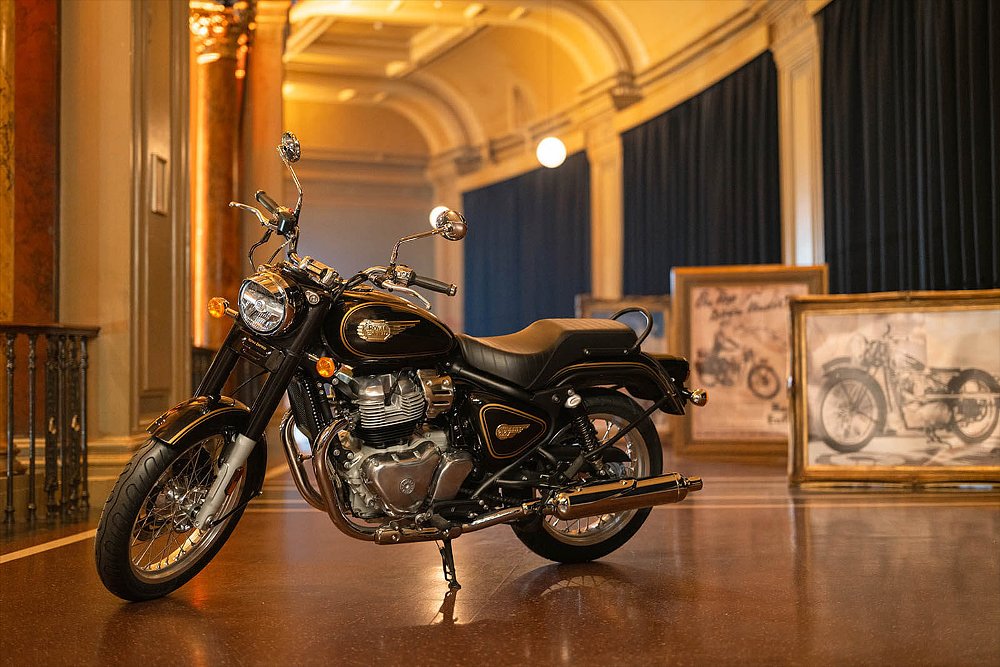
The Bullet 650 became the latest member of Royal Enfield’s Twin family at EICMA 2025. All the Bullet hallmarks remain intact, from the teardrop gas tank to the fork shrouds, from the peashooter exhausts to the fender struts. The fact that it now has RE’s 648 cc parallel twin, six-speed gearbox, and slipper clutch under that classically handsome exterior is just a testament to the Bullet’s timeless appeal. Royal Enfield wasn’t playing all its cards at the Italian show, though.
The brand's twin-powered Himalayan was in attendance but Enfield stopped short of announcing the highly anticipated model. Instead, the middleweight Himmy remained in a crate-like display throughout the week, never taking center stage. That means neither specs nor pricing are yet available. Let the waiting game resume.
It’s a similar situation for U.S. riders smitten with Honda’s CB1000F. Two weeks before EICMA’s doors opened, Big Red introduced the retro-styled naked to European markets. That’s somewhat ironic, as the bike’s design recalls the CB750F Freddie Spencer rode in AMA Superbike races of the early 1980s. The CB1000F is only the latest example of a developing pattern.

Yamaha started the trend with its XSR900 GP, a model that mimicked the styling of Grand Prix machines ridden by Wayne Rainey. Yet, it wasn’t offered in the United States. Team Blue went back to the well recently, unveiling the 2026 XSR GP in the yellow Speed Block livery that’s so synonymous with Kenny Roberts' back-to-back titles. Will Honda continue this trend of companies not bringing to the U.S. market the motorcycles that bring back memories of some of the greatest U.S. motorcycle racers? Hopefully not, but for now Honda hasn't said whether the CB1000F will arrive stateside. It isn’t the only one, either.

Cool, but…
During EICMA, Big Red also added the new CB1000GT sport-tourer to its lineup. It wasn’t afraid to triple dip, either, leveraging the CB1000 Hornet SP’s 1,000 cc inline four once again. Within the CB1000GT, the engine retains a respectable rating of 147.6 horsepower and 75.2 foot-pounds of torque, at least in European trim. But it’s the GT’s 65 liters of storage, five-way adjustable windscreen, and center stand that truly beckons the travel-minded. It’s a model tailor-made for open roads. That doesn’t mean Honda will ship it to the United States, though.

Unlike Ducati, a manufacturer that regularly sends its full lineup stateside, Honda often makes U.S. customers wait a bit. The delayed arrival of the NT1100 and CB750 Hornet are prime examples. Could that be the case with the CB1000GT, as well? Only Honda knows.

Similar questions surround CFMOTO’s new 1000MT-X adventure bike. The liter-size ADV arrives with a 946.2 cc parallel twin that makes a reported 111.3 horsepower (at 8,500 rpm) and 77.4 foot-pounds of torque (at 6,250 rpm), but it’s the model’s dirt-ready attitude that defines it. At least that's what fully adjustable KYB suspension and tubeless wire-spoke wheels suggest.
Unfortunately, CFMOTO hasn’t announced whether an Ibex-badged equivalent will make its way to the U.S. market. It’s worth acknowledging that other factors may be at play, too. Namely, trade relations — trade relations that only continue to evolve.
Starting today, the Trump administration will remove “10 percentage points of the cumulative rate” imposed on Chinese imports while maintaining “its suspension of heightened reciprocal tariffs” until November 10, 2026. At the same time, duties on most Chinese goods remain high, at or around 45%. Ultimately, CFMOTO, and many other OEMS, will have to account for such expenses when determining whether 2026 models are worth sending to the United States. EICMA has come and gone, but questions remain.




